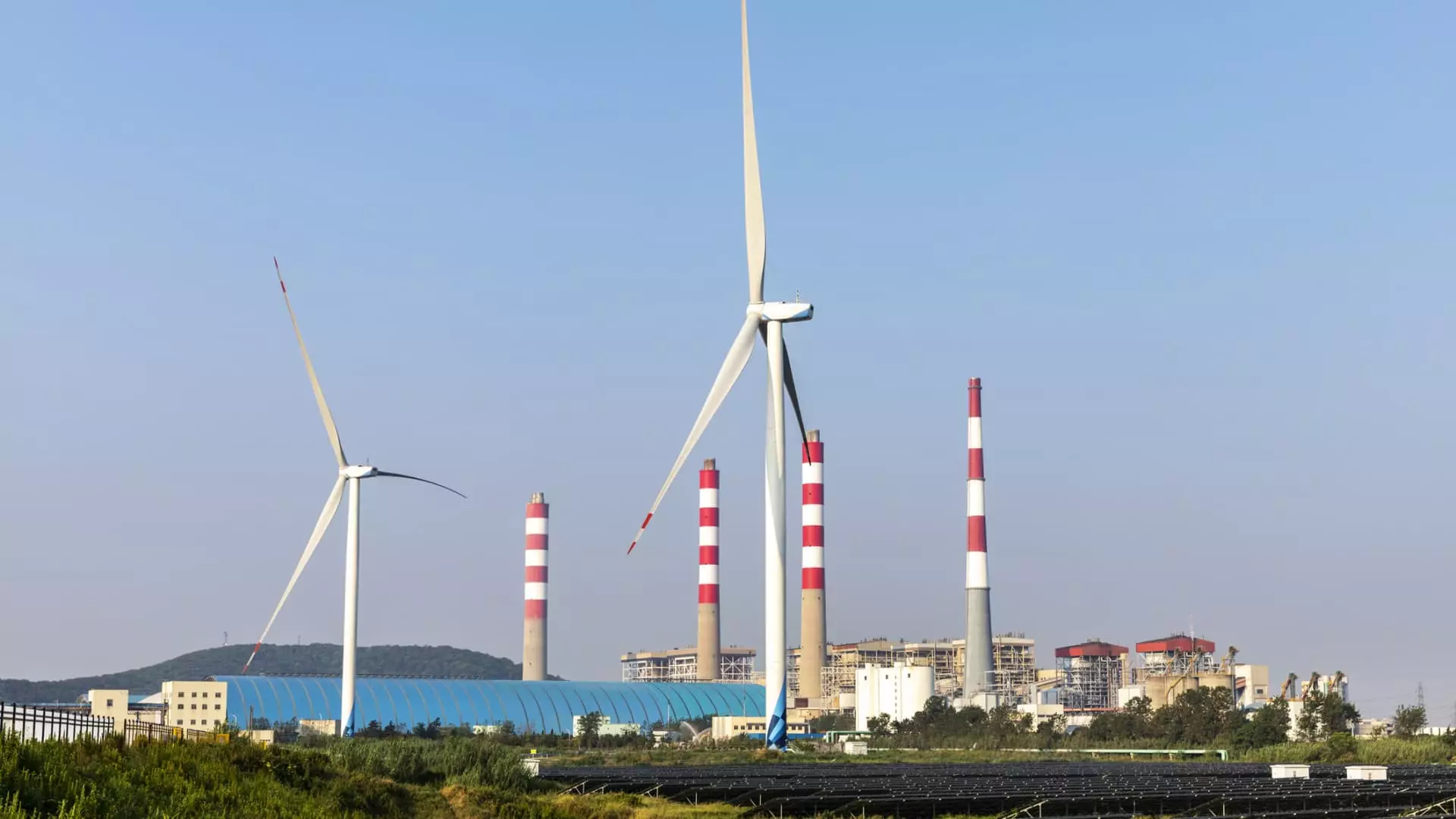The United States has ambitious goals to increase its wind power generation by 2030, aiming to produce 30,000 megawatts of energy within the next five and a half years. However, as of last year, the nation was only generating 42 megawatts, lagging far behind Europe. The US is now facing challenges such as supply chain issues, higher interest rates, and a 100-year-old maritime law that has contributed to project delays and cancellations. The construction of massive offshore windmills has been a complex process with various obstacles hindering progress.
The Charybdis, a ship named after a Greek sea monster, is set to revolutionize offshore wind installations in the US. Currently about 89% built, the Charybdis is set to be completed next year. This vessel, with its massive size and capacity, will play a crucial role in meeting the nation’s wind power generation goals. It is estimated that the US will need at least five of these installation vessels in the coming years to keep up with demand.
One of the major challenges facing the US offshore wind industry is the Jones Act, a law that requires cargo to be carried by American vessels for shipments within the US. This has posed a significant logistical problem for the transportation of wind turbine parts from shore to installation sites. The Charybdis will be able to comply with the Jones Act, making it an essential asset for offshore wind projects in the US.
Addressing Financial Hurdles and Federal Support
The US offshore wind industry has also been grappling with higher interest rates, making it more expensive to finance large-scale projects. The Federal Reserve’s rapid rate hikes have added to the financial burden of wind farm construction. Companies like Orsted have had to cancel projects due to economic challenges, with rising costs impacting long-term investments. However, federal support in the form of tax credits and investments are seen as crucial for overcoming these obstacles.
The Biden administration has been vocal about the importance of renewable energy and offshore wind power. The Energy Department has made significant investments in offshore wind development, aiming to reach the president’s goals for renewable energy generation. However, the future of offshore wind in the US is also contingent on political factors, such as the stance of future administrations on renewable energy. Republican opposition to offshore wind installations has raised concerns about the industry’s growth potential.
The US offshore wind industry is at a critical juncture, with the completion of the Charybdis and the Biden administration’s renewable energy initiatives shaping the future landscape. Overcoming regulatory, financial, and logistical challenges will be crucial for the industry to meet its ambitious goals and establish itself as a major player in the global renewable energy market. The success of projects like the Charybdis will pave the way for a more sustainable energy future for the US.


Leave a Reply